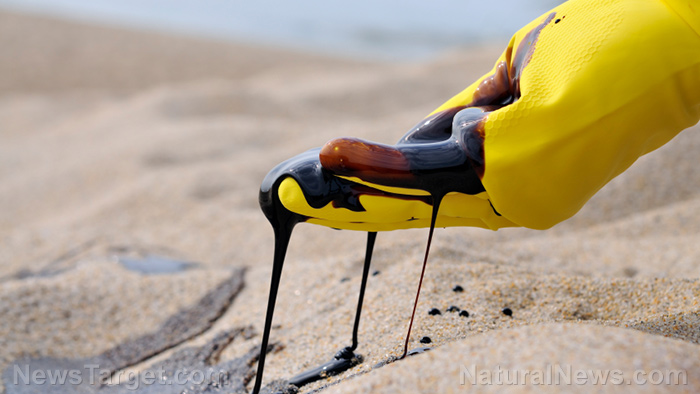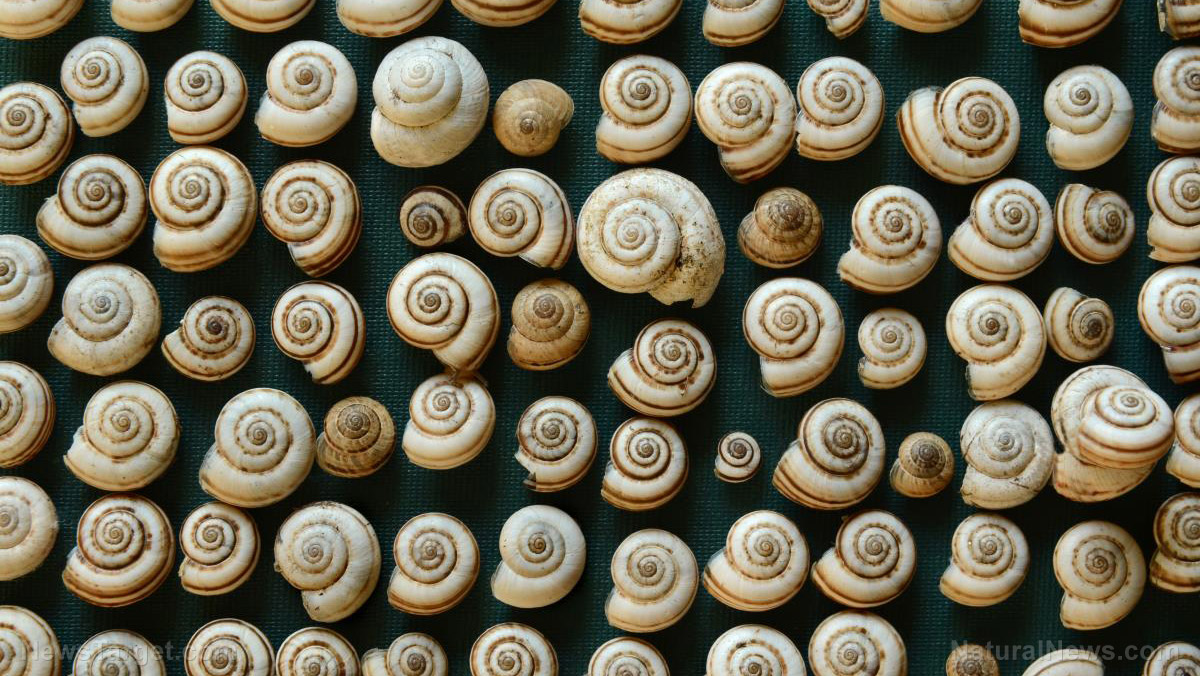Every sniff you take: Study reveals unpleasant odors can evoke “stronger memories” in both adolescents and adults
02/15/2020 / By Arsenio Toledo

A study from New York University suggests that people can better recall memories if unpleasant odors accompany these. This indicates that “bad smells are capable of producing memory enhancements in both adolescents and adults,” explained corresponding author and NYU professor Catherine Hartley, in a statement released to ScienceDaily.
In the study, Hartley and her team delve deep into the current understanding of how negative memories and experiences can influence Pavlovian responses. The team believes their research can point psychologists to how negative experiences can affect people’s ability to recall specific events.
“The generalization and persistence in memory of learned negative associations are core features of anxiety disorders, which often emerge during adolescence,” she adds.
In particular, the study highlights the impact that negative experiences have, especially during childhood or early adolescence. Often, these stick with people and even develop into mental health concerns. For example, if a person was bitten by a dog as a child, they may grow to develop a fear of being bitten or a fear of the dog that bit them. This negative association can then translate into a generalization for all dogs, causing them to instantly get anxious or panic whenever there’s a dog nearby. (Related: On the spot: Stress does a number on your ability to recall details of situations, according to research.)
Smells instead of shocks
The study, published in the journal Learning and Memory, tested whether learned negative associations had an influence on memory during adolescence. In their study, the researchers developed and administered a unique Pavlovian learning experiment to a set of individuals aged between 13 to 25. In these kinds of learning tasks, mild electrical shocks are often used, but in this study, the researchers opted to use bad smells.
Before the experiment even began, the researchers had to determine which odors the participants thought were unpleasant, since what constitutes a “bad” odor depends largely on personal preference. Hartley and her team had the subjects breathe in different odors and tell the researchers which ones they disliked the most. The odors present in the experiment were blends of different chemical compounds and they included scents like manure and rotten fish.
The researchers had the participants view a series of images that belonged to one of two conceptual categories: objects or scenes. During the viewing, the participants wore a nasal mask which was connected to an olfactometer, an instrument used to detect and measure odor. Unpleasant odors would be circulated through the olfactometer and into the mask when they viewed certain images in one category. Unscented air would be used if they viewed the other category.
This, according to researchers, allowed them to examine if the participants can associate bad smells with certain images or with the category in general. For example, if a participant associated the image of a scene such as a river or a desert with a bad smell, the researchers wanted to know if this association would generalize to other scenes in the category they viewed.
A day after the participants went through the experiment, the researchers tested them on their memory for the images. They found that both adolescents and adults were better able to remember images that were paired with bad smells, leading the researchers to suggest that acquiring an aversive association to certain images can lead to better memory recall.
Previous studies done on aversive associations have identified how aversive memories are formed and turn into anxiety disorders like post-traumatic stress disorder. These kinds of studies can bring science a step closer to understanding how the nervous system translates these aversive associations into unpleasant memories.
Sources include:
Tagged Under: aversive associations, bad odor, bad smell, memories, memory, memory recall, memory recall through unpleasant smells, mind-body medicine, Pavlovian responses, research, unpleasant odor, unpleasant smell
RECENT NEWS & ARTICLES
COPYRIGHT © 2017 REAL SCIENCE NEWS



















